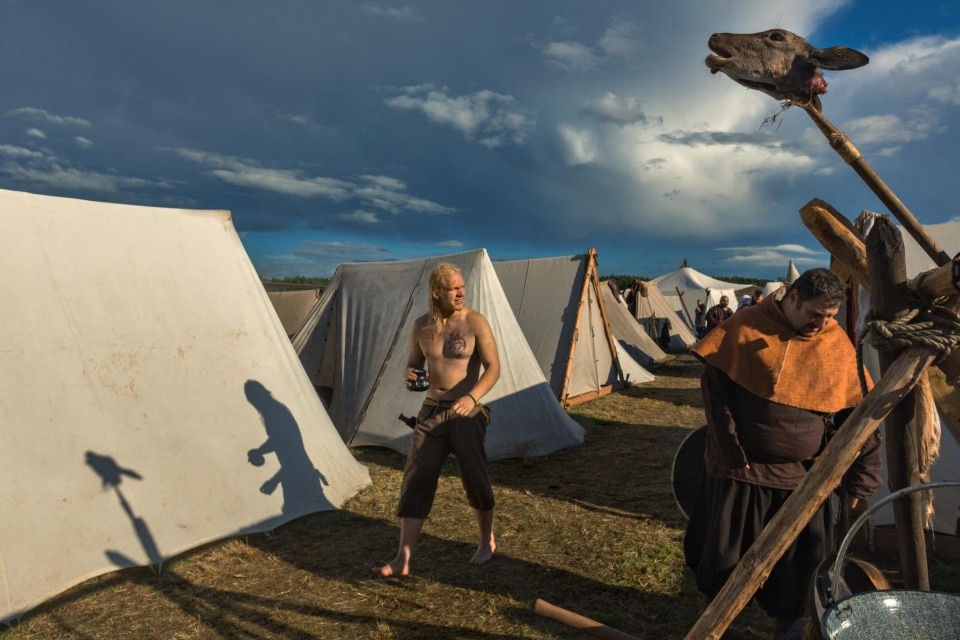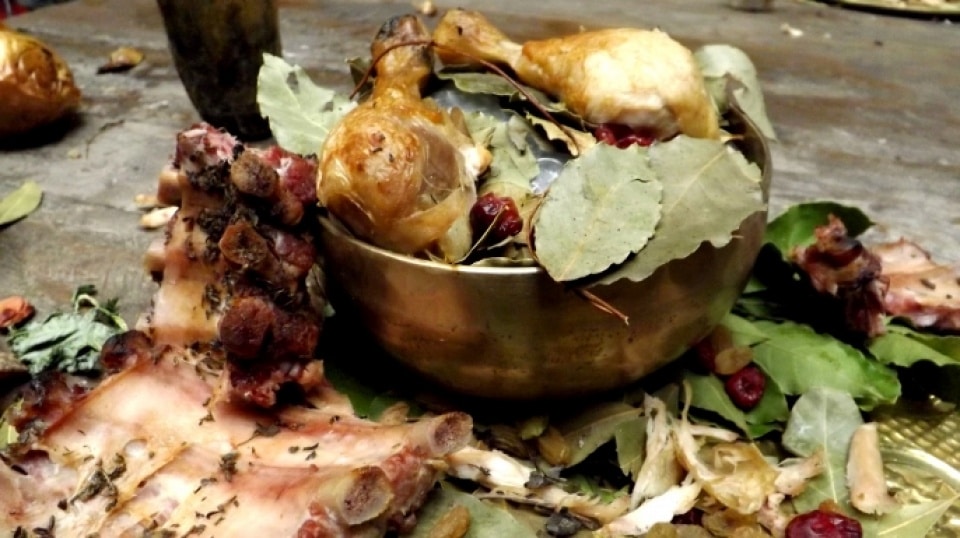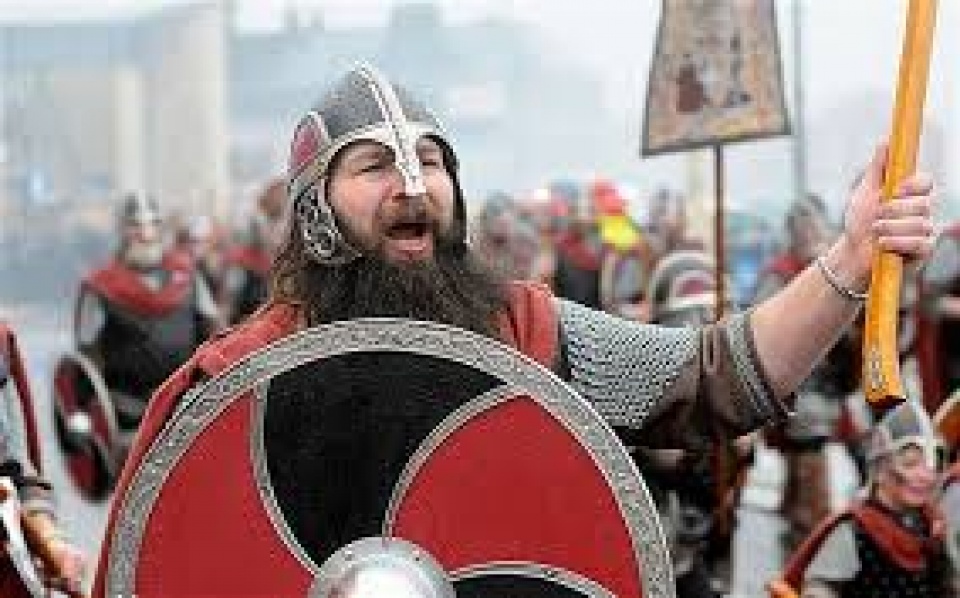Nordic Discovery, Viking
Interesting menu of ancient Viking warriors
Understanding the menu of the ancient Viking warriors is an interesting matter for many people, especially researchers.
The term “Viking” refers to warriors, pirates, and merchants who lived in Northern Europe during the Late Stone Age, in present-day Scandinavia, Denmark, Norway, Sweden and Finland.
The Vikings were big and mighty warriors who were also pirates on ships, but they were also farmers and merchants. They sailed very well, often sailing across Europe and the North Atlantic in longboats, raiding and plundering most of Europe’s rich lands, and then settling in the lands they occupied. Okay. The Viking Age began around the end of the 8th century and lasted until the middle of the 11th century.
The job of driving a boat on the sea was very hard, making the Vikings hungry quickly. It’s easy to imagine a group of Viking warriors sitting around a table, hungry after a long day at sea, munching on large chunks of meat and sipping beer in goblets made from cow horns.
However, in fact, their daily menu also includes a wide range of foods that a modern person who is responsible for his health needs to take care of.

Diana Bertelsen, who researched and developed recipes for Denmark’s Viking Ribe Center (a restored Viking settlement to help visitors learn about Viking life) “The Vikings had a wide variety of wild foods and herbs to make delicious and nutritious dishes,” says.
At the Viking Ribe Center, visitors are treated to scenes depicting Viking life. Food is cooked over an open fire, and the Viking menu includes salted herring, barley porridge and boiled sheep’s head.
Of course, the specific diet of the Vikings also depends on where they lived, according to medieval scholar Eleanor Rosamund Barraclough. In coastal Scandinavia, for example, with a cold and dry climate, seafood such as herring and salmon provide an important source of protein and are often dried or salted.
Ms. Barraclough said: “These fish dishes were common to the Vikings, just like beef was to us. It was also a valuable source of food on long sea voyages.”
Ms. Barraclough also said that wealth also plays a part in determining a person’s diet. “In Greenland, the Vikings, especially the poor, had to hunt and eat seals, while people on the wealthier farms preferred to eat reindeer,” she said.
The seasons also have an effect on the “daily” menu. Depending on the time of year, meals can include a variety of berries, radishes, cabbage, and other greens – including seaweed and barley porridge, and rye bread. Their dishes are often simple, but “we can’t say that their food is bland and not tasty,” says Ms Bertelsen.

Indeed, archaeological evidence shows that Viking cooks enjoyed flavor-enhancing ingredients like onions, garlic, coriander, and cumin.
The Vikings also prepared special food to celebrate seasonal events. “During the Yule winter festival, they kill pigs for sacrifice. In swearing-in ceremonies, people kill sheep,” said Ms. Barraclough.
Milk appears regularly in many Viking diets. These seafaring warriors were also farmers and skilled in livestock. Cows and sheep provided the Vikings with meat, milk, cheese, butter, and other products such as skins and horns.
The Vikings of Iceland were particularly fond of milk, and often ate toast with cheese and fermented yogurt – sometimes touted today as a dairy “superfood”, according to Ms. Barraclough.
“In fact, the “healthy” diet contributed to their surprising physical strength. We should ask ourselves: should the “Viking menu” become a new trend? – she said.

